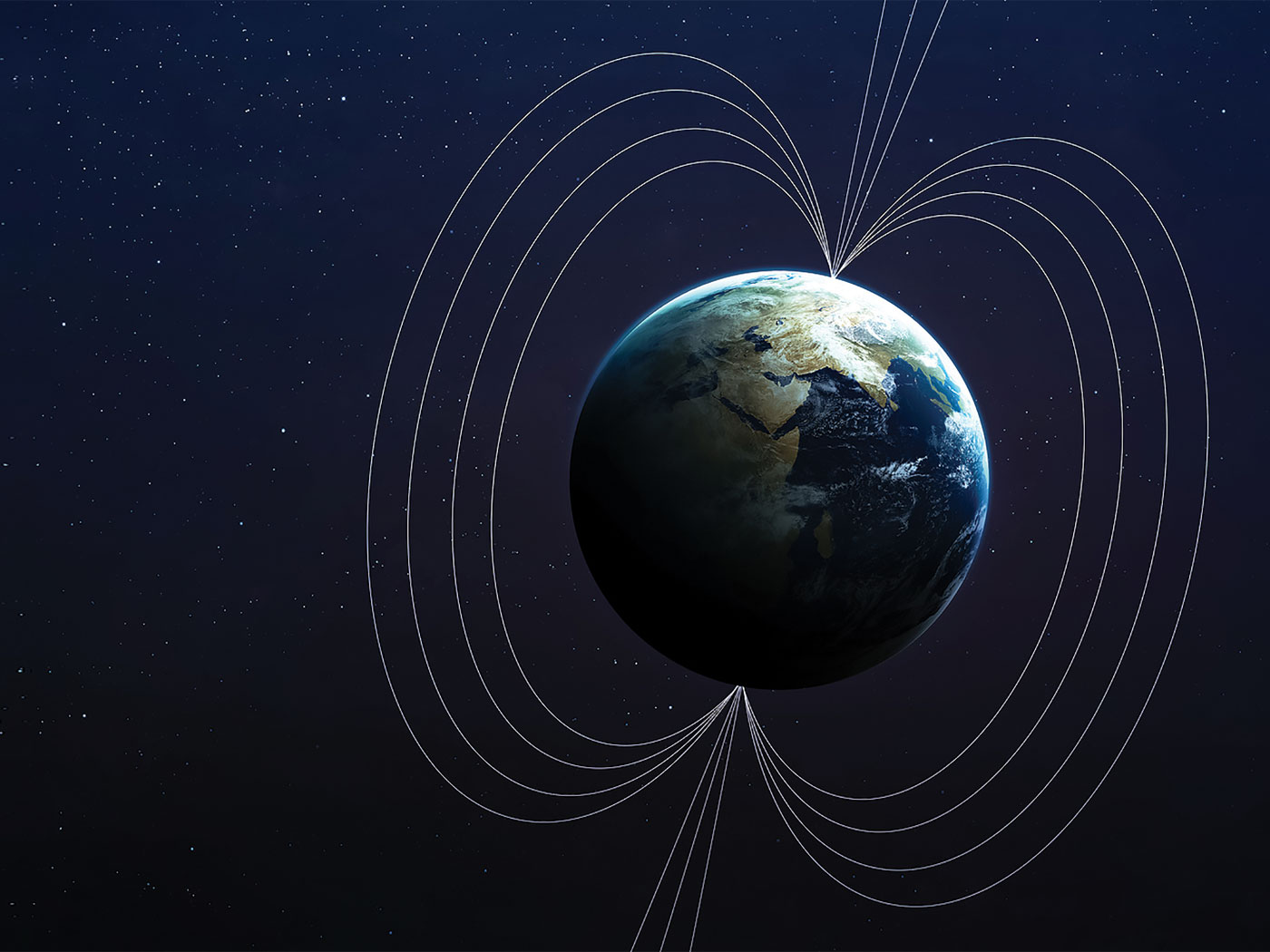As part of the RATE (Radioisotopes and the Age of The Earth) initiative instigated and coordinated by ICR, Dr. Andrew Snelling has undertaken a complete review of the significance of polonium and other variant radiohalos.1 He has concluded that further research is warranted to investigate the geological distribution and occurrences of polonium radiohalos at both known and new localities.
Polonium radiohalos remain "a very tiny mystery." Because of the fleeting existence of the 218Po and 214Po isotopes in particular (with half-lives of 3 minutes and 164 micro-seconds respectively), radiohalos produced exclusively from these isotopes present when the host granitic rocks formed imply that those rocks had to form virtually instantaneously (created),2 whereas conventional geology maintains granitic rocks crystallized and cooled over millions of years.
However, most polonium radiohalo occurrences are associated with uranium concentrations or orebodies, and some are also in granitic rocks that intrude Flood-deposited strata,3 suggesting to some that the polonium may have been transported by fluids into existing rocks.4
One of the known polonium-radiohalo-bearing rocks that is both associated with above average uranium concentrations and intrudes Flood-deposited (fossil-bearing) strata is the Conway Granite of the White Mountains, New Hampshire. Samples of this granite have been collected by Dr. Snelling and then crushed to liberate the biotite flakes which host the polonium radiohalos so that they can be studied under a geological microscope to locate, identify and count the contained radiohalos.
New localities from where polonium radiohalos have not yet been reported, but which have now been sampled, include the Bathurst Granite (intrudes Flood strata but has no uranium concentrations) and the Carcoar Granite (intrudes Flood strata but has nearby uranium concentrations) both west of Sydney (Australia), the Precambrian Trinity Gneiss (granitic) of the Inner Gorge of Grand Canyon, and early Precambrian granitic rocks of the Yilgarn Craton northeast of Perth (Australia). The rocks from the latter two localities neither intrude Flood strata nor are associated with uranium concentrations. These samples are soon to be crushed and their biotites scanned for radiohalos under geological microscopes.
Assisting in this research effort are David McQueen, former ICR geologist, and Mark Armitage, an ICR graduate, with Dr. Robert Gentry helping as a consultant. Searching hundreds of biotite flakes under microscopes is a painstaking task, but the potential results could yield a major breakthrough in fully understanding and confirming the significance of these polonium radiohalos. Contributions to assist this research would be appreciated, as would help in purchasing a geological research microscope with attached camera, needed to record the data being gathered.
References
1 A. A. Snelling, "Radiohalos," in Radioisotopes and the Age of the Earth: A Young-Earth Creationist Research Program, L. Vardiman, A. A. Snelling and E. Chaffin, eds., (El Cajon, CA: Institute for Creation Research and Creation Research Society, 2000), ch. 8, in press.
2 R. V. Gentry, "Radioactive Halos: Implications for Creation," in Proceedings of the First International Conference on Creationism, v. 2, R. E. Walsh, C. L. Brooks and R. S. Crowell, eds., (Pittsburgh, PA: Creation Science Fellowship, 1986), 89-100.
3 K. P. Wise, "Radioactive Halos: Geological Concerns," Creation Research Society Quarterly 25(1989): 171-176.
4 H. Meier and W. Hecker, "Radioactive Halos as Possible Indicators for Geochemical Processes in Magmatites," Geochemical Journal 10(1976): 185-195.





















